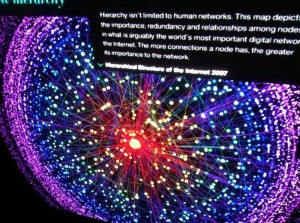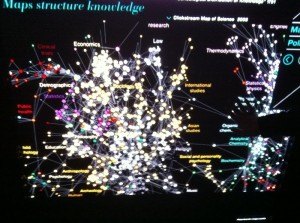The Social Life of Small Urban Spaces
Chapter 1, Chapter 2, and Chapter 5
by William H. Whyte
So, I think this was a really interesting reading, and one that made me rethink how we are approaching our project. Reading the pages of Chapter 1 and seeing the scans of old and fascinating photos of New York City life back in the 70s helped me understand how in essence, New York City public spaces were front and center seats to the stage that is the New York sidewalks. There is a demand for these spaces to be saved, they are what gives this city character, and while Plazas help make these spaces effectively dynamic and give New Yorkers an escape to space of their own, they also need to play off these streets to successfully draw in crowds. Each space says something about those who dwell within them and what they do within each space.
Chapter 2 covered the beginning of the advent of plazas and how people responded to them in public spaces. The most popular plazas, it was discovered, were visually appealing, although there were other plazas that were considered “kitsch” that were popular as well. The building and the amount of light allowed into the space also played a factor into how many people would populate the plaza. Shape was also important as was space in Plazas, but Seating triumphed all, and people essentially look for places with a variety of seating.
Chapter 5 seems to summarize my feelings best, the street is what brings people together to the plaza, and in this Chapter, food, sitting space, and shape are all secondary factors that are added on to enhance the space, but how it flows into the street is important to the success of the space and how it’s used by the public. There’s also some interesting observations made on New York City corners and how they play an important part in the way New Yorkers socialize and are another element in the urban playground that is this city.
Cultural Probes
by Bill Gaver, Tony Dunne, & Elena Pacenti
This reading is about 3 designers, funded by the European Union, who get together to study community sites within Norway, Holland and Italy to try to figure how to get the elderly to interact within them. Community sites within Oslo, Pisa and Amsterdam are studied closely, and packets of postcards, cameras and other assortments are handed to the participants, called “cultural probes”. The probes served the purpose of asking the participants how art played an important part in their lives. Each object that was placed within the package was important in helping the designers gather data from the participants, and rather than go about obtaining the data in an arrogant or abrasive way, they decided not to impede upon them, and let these people speak for themselves.
I think their subtle methods paid off, and it goes to show that sometimes it’s not about how creatively you execute something, and that we often over-think our approaches. Simply talking to people and connecting with them on a personal basis is enough to make a connection. For these designers, the probes are not the beginning nor the end of their research, it only tells one side, and through the seniors, they were able to begin listening.
Experience Prototyping
by Marion Buchenau and Jane Fulton Suri
This was a pretty dry reading, and it admittedly didn’t really excite me at first glance. There was, however, one sentence that jumped out at me, and it was when Buchenau discussed how users having an informative personal experience becomes more engaging, which strikes me as a fancy way of saying “People like to learn and being stimulated visually while doing so” which is kind of a given. There’s also a point at which Buchenau goes out of his way to point out the fact that we need more than one prototype because “a single prototype is never enough”. Buchenau seems to be a fan of poetic license in that his writing lacks any real substance, and I’m thinking most of his points could have been made easily within 1 page instead of 9.
Cardboard Computers
by Pelle Ehn and Morton Kyng
As someone who finds herself struggling with certain parts of technology and adapting easily to other aspects of it, I felt myself find some reassurance in the beginning of this article. A lot of what this article discusses reminds me a bit of Ken Robinson, who also believes that schools are stifling creativity because schools act as institutions that promote industrialism. In a way, we’re seeing a bit of that ourselves with the Steve Jobs hero worship, where business figures are looked up to and not for their creativity but because they were able to use their creativity to acquire wealth, wealth being the end all and be all of what it means to be truly successful. I think the user-ability of software is just as important for artists to be able to create efficiently and affectively. I know for a fact, had it not been for me being exposed to software like Dreamweaver, I would have never been able to play around with HTML. I think the tools we get exposed to plays a role in how we will use those tools later on in the future.





